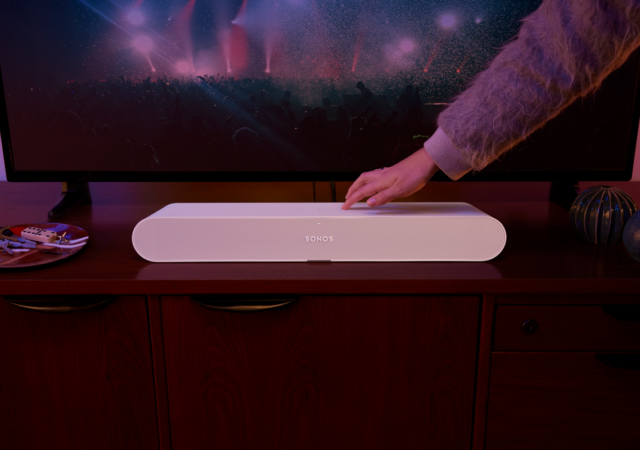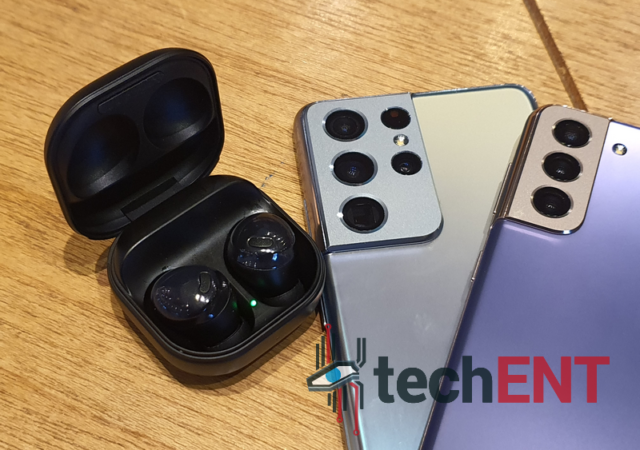SONOS announces a new soundbar offering – the SONOS RAY – which brings cinematic sound at an affordable price.
Samsung Galaxy Buds Pro In-Depth Review: Hitting the Right Notes with Room for Improvement
Samsung’s Galaxy Buds Pro is the company’s latest offering when it comes to true wireless earbuds. How does it fair? Find out in our review.
Lenovo ThinkPad Laptops 2020 Upgrade – Better Working Experience
Lenovo has brought more innovation into their ThinkPad Lapto[s. Giving the user more convenience in all of their T, X, and L Series.






